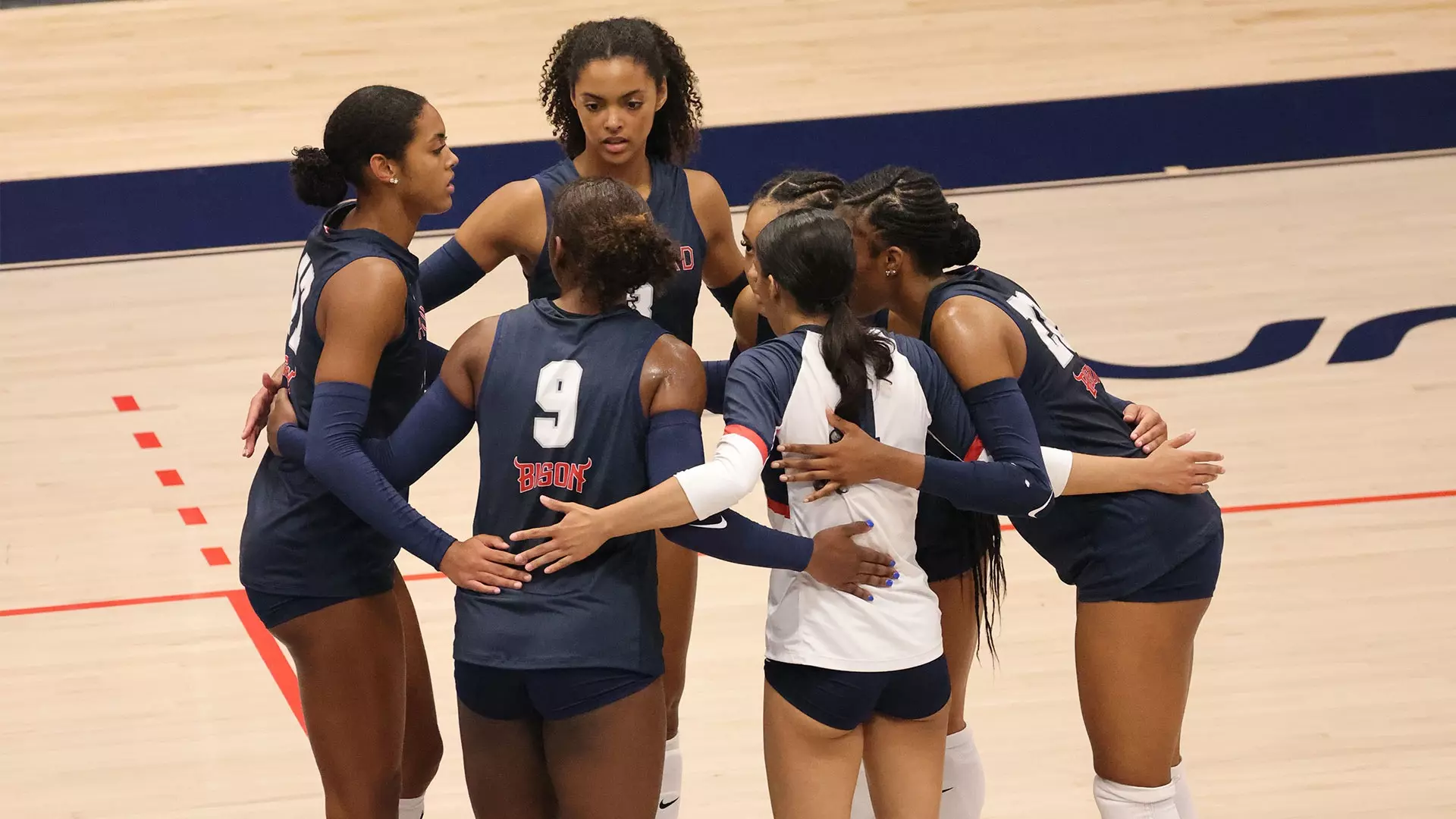
Volleyball is one of the most dynamic and exciting sports in the world, played on beaches, indoor courts, and even in schools across the globe. As the sport continues to grow in popularity, it’s important to have a clear understanding of the rules that govern the game.
This story takes you on a journey through the rules of volleyball, using the experiences of different players across Africa to bring these regulations to life. From Accra to Nairobi, volleyball unites athletes of all backgrounds, and each match is a testament to teamwork, strategy, and skill.
Setting the Scene: The Court and Equipment
The volleyball court is 18 meters long and 9 meters wide, divided into two equal halves by a net. The net height varies depending on gender. For men’s matches, the net stands at 2.43 meters, while for women, it is slightly lower at 2.24 meters. The surface can be indoor hardwood or outdoor sand, depending on whether the game is traditional indoor volleyball or beach volleyball.
In Dakar, Senegal, where the sand shines golden under the sun, local beach volleyball players like Awa and Fatou take pride in playing by the seaside. Awa, who trains regularly for regional tournaments, knows the court dimensions by heart and ensures her equipment, from her shoes to her volleyball, meets the required standards. The ball, spherical and lightweight, typically weighs between 260 and 280 grams, with a circumference of 65 to 67 centimeters. Fatou often says, “In volleyball, your ball and court are your battlefield. Understand them well, and you’re halfway to victory.”
Basic Rules: Scoring and Gameplay
Volleyball is a game of sets, with teams needing to win the majority of sets to claim victory. A standard match is best-of-five sets. The first four sets are played to 25 points, and if the teams are tied at 2-2 after four sets, the final set (the fifth set) is played to 15 points. Teams must win by a margin of two points. This means a set can continue beyond the designated points until one team achieves this margin.
In Lusaka, Zambia, Chanda leads his local volleyball team, the Copper Eagles, in regular matches at the community sports center. He explains to the newcomers, “Winning a set isn’t just about scoring points fast. You need to maintain a lead of two points or more.” His team has been in many situations where a set went on until the score reached 28-26 or even 30-28, all because the teams were evenly matched, showing the importance of persistence and focus.
In any volleyball game, there are six players per team on the court at any given time, with specific roles like setters, hitters, and liberos. The game begins with a serve, where a player from one team sends the ball over the net to the opposing team. The receiving team must then organize themselves to return the ball over the net within three touches.
Serving and Rotations
Serving is a critical element of volleyball, often setting the tone for a rally. There are various types of serves, including the underhand serve, overhand serve, and jump serve. The aim is to send the ball over the net, ideally in a difficult-to-reach spot, putting the opposing team at a disadvantage from the very start.
In Lagos, Nigeria, Obi is known for his powerful jump serve. His teammates on the Lagos Lions rely on him to gain an early advantage with his serves. “The key to a good serve,” Obi explains, “is not just strength but placement. You want to make it hard for the opponents to pass the ball cleanly.”
Once the serve has been made, the receiving team will try to execute a combination of passes to return the ball. Typically, the first contact is a pass, often using a bump or forearm pass to control the ball. The second touch is usually a set, made by the setter, who positions the ball for an attacker. The third and final touch is a spike, where the attacker jumps and hits the ball hard, aiming to get it past the blockers on the opposing side of the net.
After each rally, players rotate in a clockwise direction. This rotation ensures that every player has the opportunity to serve, and it adds an element of strategy, as each player’s position affects the team’s attack and defense.
Attacking and Defending: Spikes and Blocks
The attacking phase of volleyball is where the game truly comes alive. The third touch in a team’s play is often the most exciting—a spike. The spike involves hitting the ball with force over the net, usually aimed at the floor on the opposing side. Players like Almaz in Addis Ababa, Ethiopia, are known for their spiking prowess. “When you jump and spike, it feels like flying for a moment,” she says with a smile. “But more than just hitting hard, it’s about reading the defense.”
The opposing team will attempt to block the spike by positioning one or more players at the net with their arms raised high. Blocking is one of the most thrilling defensive plays, as it requires excellent timing and teamwork. However, if the blockers fail to stop the ball, players in the back row must be ready to dig, using their reflexes to pass the ball back up and start another attack.
In Nairobi, Kenya, David is the anchor of his team’s defense. His quick reflexes and ability to read spikes make him one of the top defenders in the local league. “Defense is about anticipation,” he explains. “If you can guess where the attacker will hit, you have a better chance of keeping the ball alive.”
Fouls and Violations
As with any sport, volleyball has its share of fouls and violations. One of the most common is a net violation, where a player touches the net during play. Another frequent violation is the double hit, where a player touches the ball twice in succession. Teams also need to be careful about rotational faults, which occur when players are out of position at the time of a serve.
In Maputo, Mozambique, Joana, a local coach, often reminds her young team, “Discipline in volleyball isn’t just about following the rules, it’s about respecting your opponent.” Her team practices diligently, focusing on avoiding errors that could cost them points during crucial moments of a match.
The Spirit of the Game
Volleyball is a sport that demands physical fitness, quick thinking, and strategic planning. But beyond the rules, it’s a game that fosters teamwork and unity. Across Africa, from the sandy beaches of Senegal to the bustling streets of Lagos, volleyball continues to bring people together, transcending cultural and geographical barriers.
For athletes like Awa, Chanda, and Almaz, volleyball is more than just a sport—it’s a way of life. As they step onto the court, they embody the spirit of the game, embracing the challenges and joys that come with each rally. Through their stories, we gain a deeper understanding of volleyball’s rules, appreciating not only the technical aspects but also the passion and dedication that make it a global phenomenon.
Conclusion
Understanding the rules of volleyball is essential for anyone looking to play or appreciate the sport. From serving and rotations to spikes and blocks, each aspect of the game is governed by precise regulations that ensure fairness and competitiveness. Across Africa, volleyball is thriving, with players in cities like Dakar, Lusaka, and Nairobi perfecting their skills and inspiring the next generation of athletes. Through discipline, teamwork, and a love for the game, they continue to demonstrate that volleyball is much more than a set of rules—it’s a celebration of community, passion, and athleticism.
Have a press release, feature, article for publication? Send it to us via Whatsapp on +233543452542








